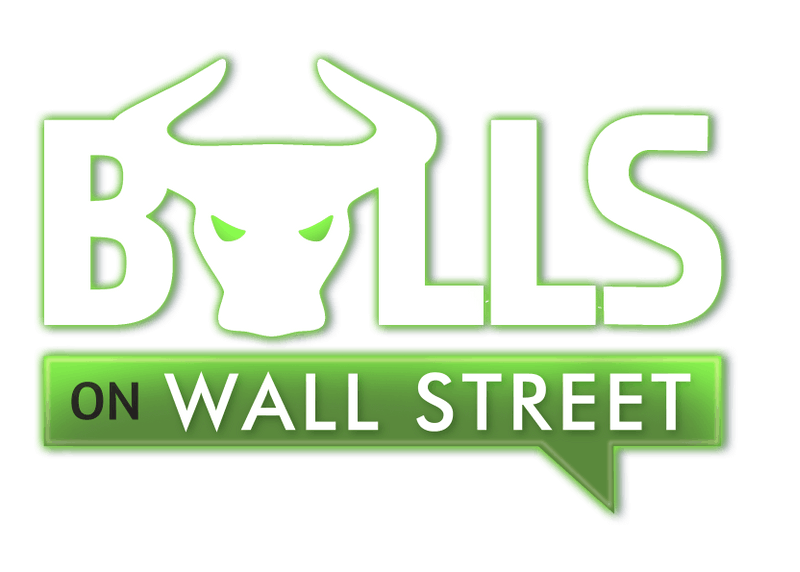Yesterday the Dow dropped 1,175 points in a single trading day, the biggest point decline in the Dow’s history. This stat is somewhat deceiving because it is not the biggest percentage decline in the stock market ever. The last year in a half has been one of the least volatile periods in the stock market ever, so this 4.6% decline seems like a major crash. It is the biggest decline in the market since 2011. However, when you put in perspective with past stock market crashes, you will realize that this barely qualifies as a major crash. To put this in better spective, let’s look at the biggest stock market crashes in history, and talk about how you should adjust your trading strategy in a down trending market.
The Worst Stock Market Crashes in US History
Stock market crashes by definition are steep selloffs over a short period of time, measured in hours or days. They’re different from bear markets in the speed of their price decline. Bear markets are slow, steady down trends over a long period of time. Crashes often follow periods of years of sustained growth and “excessive” economic optimism. There are three separate instances when the stock market had a major correction of 15% or more in under 5 trading days.
Wall Street Crash of 1929
On October 28th and 29th, the Dow fell a total of 23%. These two days are known as Black Monday and Black Tuesday respectively. On Black Monday the Dow fell 12.8%, and on Tuesday fell 10.2%. This crash followed a period known as the “Roaring Twenties”, a period of sustained economic and technological growth in the US. The 1929 crash led to the Great Depression, the worst economic crisis of modern times, where the Dow Jones lost 89% of its value between September 1929 and July 1932.
October 19, 1987
Also known as Black Monday, this major market crash followed a long period of economic growth, where from 1982 to August 1987, where the Dow grew from 776 to 2722. Black Monday was a huge stock market crash that began around 5 days prior to October 14th. On this day, the Dow fell 3.81 percent, followed by a 4.6% drop on Friday, October 16th. During the next trading day, Black Monday, the Dow fell a monstrous 22.6% in a single day.
October 2008
From October 6th-10th, the Dow lost 18% of its total value. This crash followed the global economic crisis, where multiple financial institutions in the US failed, primarily because of exposure to packaged subprime loans and credit default swaps issued to ensure these loans and their issuers. By March 6th, 2009, the Dow had dropped 54% since its peak in October 2007.
Yesterday’s Selloff Was Hardly A Crash
When you compare yesterday’s correction to these occasions, it seems like a relatively minor event. The 7.8% correction over the last 6 trading days is merely a small market correction when you put in context next to the three major crashes mentioned above. We have seen these type of corrections before in January of 2016 and August of 2015. On these other two occasions, we saw slightly under 10% drops in a few weeks time, but they were not lasting corrections. That being said, we might be saying something different if the market continues to slide over the next few trading days. If it does, it could signal a major change in the longer term trend of the overall market.
Master Short Selling
Now that it appears that the trend of the overall market (at least temporarily) is changing. The relentless uptrend of the past 18 months has finally given bulls something to worry about. The easier money in the market now is going to be made to the short side. If you are not familiar with short selling, you can learn more about it in this video, and how to capitalize on big corrections like the one we saw yesterday:
Cash Is A Position
There will be a ton of volatility in the markets over the next couple weeks. If you’re a day trader, there will be some amazing opportunities. If you’re inexperienced, or mainly a swing trader, it may be better for you to stay in cash. Remember trading is just about not losing money and survival as it is about making big gains. If you’re not sure how to trade in these market conditions, it is much better to sit on the sidelines.
Free Trader Assessment
If you want some direct feedback on where you are as a trader and your trading goals, you should take our free trader assessment for advice on how to take your trading to the next level.


